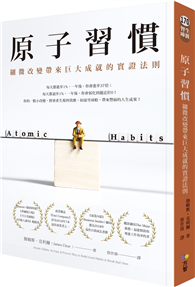What did it mean to have an ’Irish’ dwelling in the nineteenth century? How did Irish people write about, think about, visually represent or imagine what constituted home? Showcasing research from scholars based in Ireland, the United Kingdom and further afield, this interdisciplinary volume seeks to answer these questions by exploring the physicality and symbolism of Irish dwellings, and the home as a place of repose, exercise and work. Using a range of methodological approaches including history, folklore and literature, this volume offers new perspectives on the material culture of home, fictionalized homes, social housing schemes, suburban living spaces, home and social mobility, institutional living, migration and memories of the home-house, and gender and eviction. Rather than focus on the Big House, which has already received considerable scholarly attention, this volume foregrounds dwelling spaces that were especially vulnerable to economic forces: the homes of the urban and rural poor. Additionally, the book acknowledges the importance to nineteenth-century Ireland of a class that has arguably received even less attention in Irish scholarship than the poor, a rising urban/suburban middle class, exploring their impact on housing and on cultural and leisure activities.
An Open Access version of Christopher Cusack’s chapter ’"Back into the old homestead" The Irish Cottage in Irish-American Fiction, 861-1910’ will be made available on publication.











